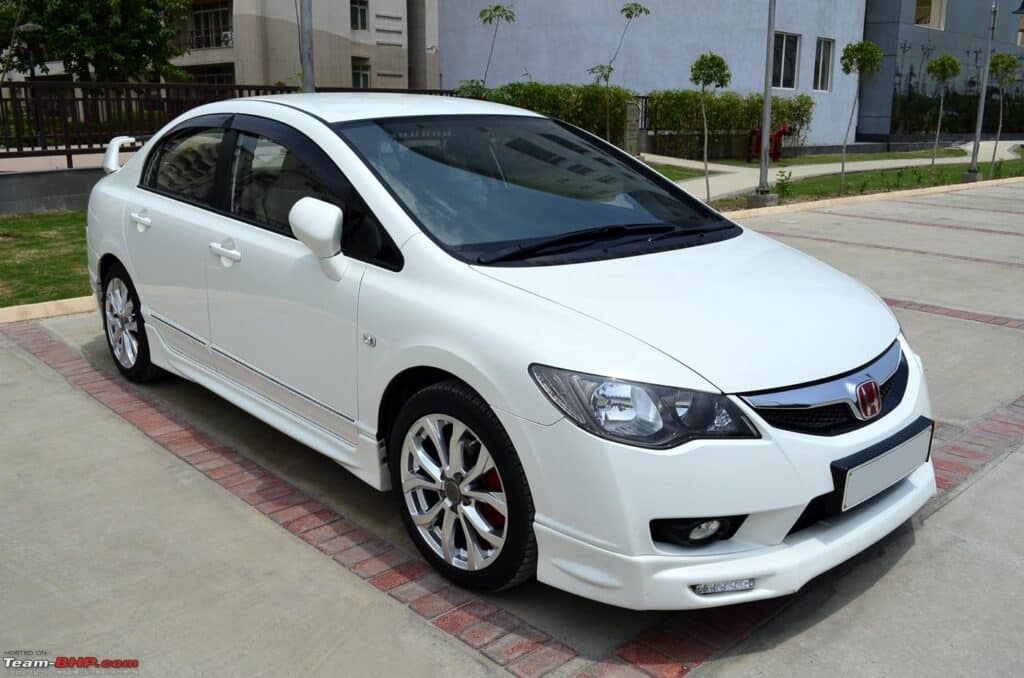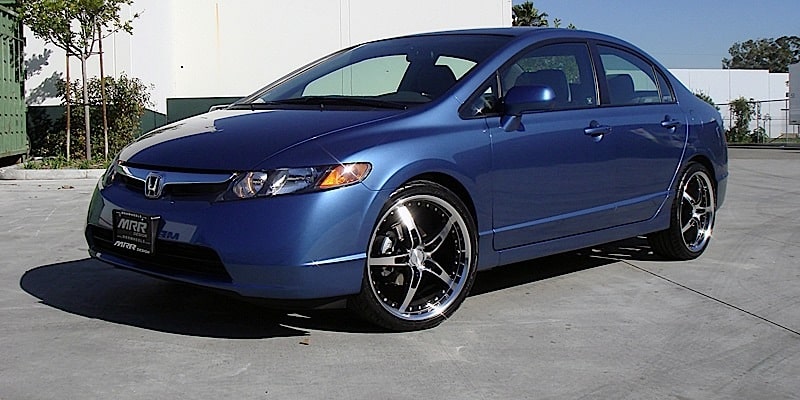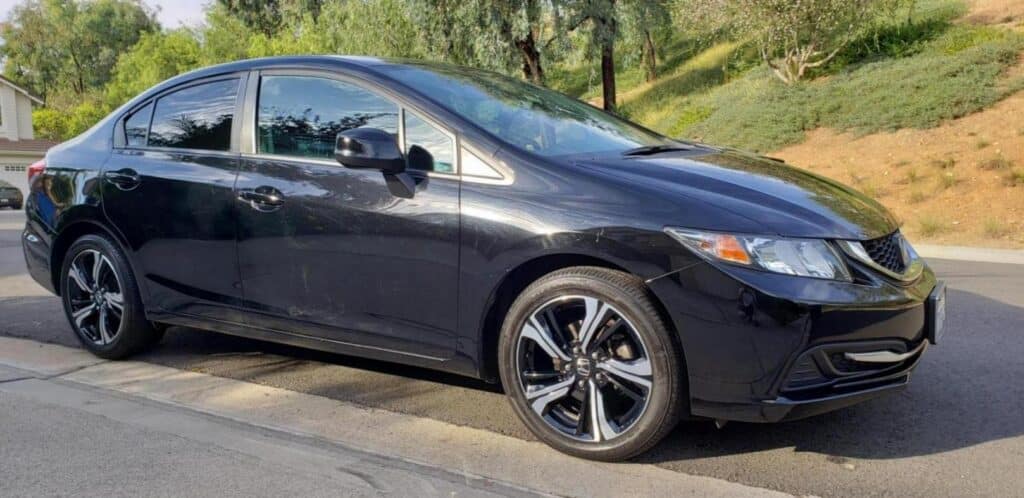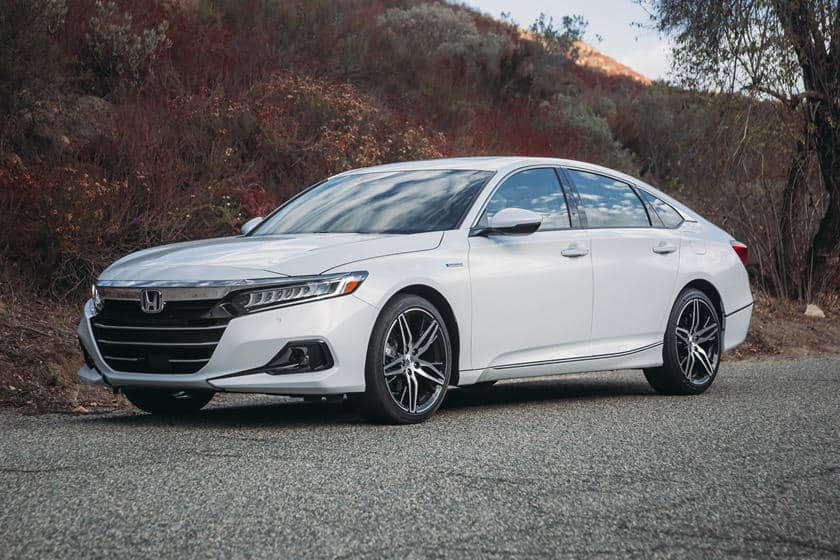As a long-time automotive enthusiast, the 2014 Honda Accord has always held a special place in my heart. It’s a car that strikes a balance between performance and practicality, setting a standard in the midsize sedan class. The 2014 Accord, with its stylish design, comfortable interior, and reliable performance, is a testament to Honda’s commitment to quality and innovation.
But what really makes the Accord shine is what’s under the hood. Equipped with either a fuel-efficient 4-cylinder engine or a more powerful V6, the 2014 Accord is capable of delivering a smooth, satisfying driving experience.
However, to keep your Accord performing at its best, it’s crucial to use the correct oil type. The right oil ensures optimal engine performance by reducing friction, facilitating heat dissipation, and preventing the buildup of harmful substances.
In the case of the 2014 Honda Accord, the manufacturer recommends 0W-20 oil. This oil viscosity is ideal for the engine’s specifications, providing the right balance of lubrication, protection, and fuel efficiency. Whether you choose conventional, synthetic, or a blend, always ensure it meets this specification.
In the long run, using the correct oil type can enhance your vehicle’s performance, improve fuel economy, and extend the engine’s lifespan. It’s a simple maintenance task that can have a significant impact on your vehicle’s performance and longevity. So, remember, when it comes to your 2014 Honda Accord’s engine, the right oil makes all the difference.
What Kind Of Oil Does A 2014 Honda Civic Take?
As I delve into the technical aspects of the 2014 Honda Accord, it’s fascinating to see how the choice of engine oil depends on the specific engine type. The 2014 Accord comes with different engine options, each having its own unique oil capacity:
- The 2.4L K24Z7 engine, which is part of Honda’s K series of i-VTEC engines, has an oil capacity of 4.4 quarts (4.2 liters).
- The 1.8L R18Z1 engine, another durable and efficient powerplant from Honda, requires 3.9 quarts (3.7 liters) of oil.
- Similarly, the 1.8L R18A9 engine also has an oil capacity of 3.9 quarts (3.7 liters).
- The 1.5L LEA2 engine, which is part of Honda’s Earth Dreams Technology series, needs 3.8 quarts (3.6 liters) of oil.
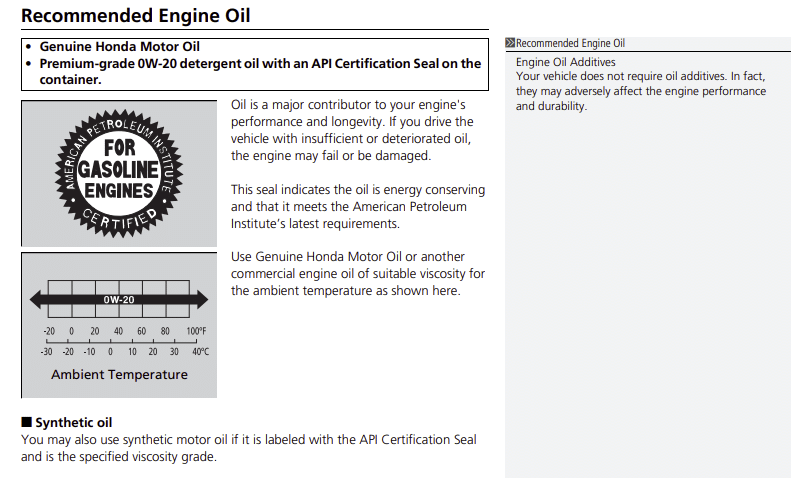
Regardless of the engine type, Honda recommends using 0W-20 oil for the 2014 Accord. This low-viscosity oil provides excellent lubrication, which reduces friction within the engine, ensures smooth operation, and contributes to fuel efficiency.
It’s vital to adhere to these specifications set by Honda, the automaker. This is because the engineers have rigorously tested the engines to determine the most suitable oil type and capacity to ensure optimal performance, efficiency, and longevity. So, when it comes to maintaining your 2014 Honda Accord, sticking to the automaker’s guidelines is definitely the way to go.
Recommended Oil Types
As a Honda Accord owner, I have to say that there’s a certain level of comfort in using Honda Genuine Motor Oil. This is an oil designed specifically to meet the needs of Honda vehicles. The benefits are clear – it helps maintain the optimal performance of the engine, extends its life, and maintains high fuel efficiency. Plus, Honda Genuine Motor Oil meets all the necessary industry standards, which means it’s safe for your vehicle.
You can purchase it at any authorized Honda dealer, and while it might be a bit pricier than some aftermarket alternatives, I find that it’s worth the extra cost for the peace of mind it offers.
Aftermarket alternatives: That being said, there are also plenty of quality aftermarket oils available.
Synthetic oils, for instance, provide excellent protection against wear and tear and perform well in a wide range of temperatures.
Conventional oils, while less advanced, can still do a good job if you change your oil regularly and don’t drive in extreme conditions. High-mileage oils are specially designed for vehicles with over 75,000 miles and contain additives that can help reduce oil consumption and leaks.
When choosing an oil type, I consider a few key factors. The first is my driving conditions – if I’m doing a lot of stop-and-go city driving, or if I drive on dusty roads, I might opt for a high-performance synthetic oil.
The local climate is also important – if it’s extremely cold or hot, I’ll want an oil that can handle those temperatures. And finally, my vehicle’s mileage also plays a role. Since my Accord has quite a few miles on it, I might consider using a high-mileage oil.
Oil Change Intervals and Procedure
The general rule of thumb is to change the oil every 7,500 miles or every six months, whichever comes first. However, if the vehicle is driven in more severe conditions, such as frequent short trips, extreme temperatures, or mountainous terrain, the oil may need to be changed more frequently.
Changing the oil is a relatively straightforward process, but there are a few key safety precautions to keep in mind. First, it’s important to make sure the engine is cool before you start. Trust me, you don’t want to deal with hot oil! Also, always use a jack stand when raising the vehicle – never rely on a jack alone. And of course, make sure to dispose of the used oil properly. It’s not just environmentally responsible – it’s also the law.
There are a few signs that an oil change may be needed, even if it hasn’t been 7,500 miles yet. If the oil looks dark and dirty, that’s a good sign it’s time for a change. Also, if the engine is making more noise than usual, it could be because the oil isn’t providing enough lubrication. And, of course, if the oil change light comes on, don’t ignore it!
A few factors can affect how often an oil change is needed. My driving habits are a big one – if I’m doing a lot of stop-and-go driving or frequently carrying heavy loads, the oil will break down faster. Environmental factors like dust, heat, and cold can also have an impact. And finally, the quality of the oil I use plays a role. High-quality synthetic oils can often last longer than conventional oils before needing to be changed.
DIY Oil Change: Tips and Guidelines
Changing the oil in your 2014 Honda Accord is a task you can handle yourself, and it gives a certain satisfaction. But before getting started, it’s essential to gather all the necessary tools and materials. For this job, I need a wrench or socket to remove the drain plug, an oil filter wrench, a funnel, a drain pan, and of course, the new oil and a new oil filter. I also like to have some rags or paper towels on hand for any spills or drips.
Here’s my step-by-step guide for changing the oil:
a. Start by warming up the engine for a few minutes. This makes the oil thinner and easier to drain. But don’t get the engine too hot – you could burn yourself on the oil.
b. Next, jack up the vehicle and secure it on jack stands. Never work under a vehicle supported only by a jack!
c. Position the drain pan under the oil drain plug, then use your wrench to remove the plug. Be careful – the oil might come out quickly!
d. Once the oil has drained out, replace the drain plug and tighten it securely.
e. Move the drain pan under the oil filter. Using the oil filter wrench, remove the old filter.
f. Before installing the new filter, apply a bit of new oil to the gasket. This helps create a good seal. Then, screw on the new filter.
g. Now it’s time to add the new oil. Remove the oil filler cap on top of the engine, insert the funnel, and pour in the new oil. Be sure not to overfill!
h. Replace the oil filler cap, then start the engine and let it run for a minute to circulate the new oil.
i. Finally, turn off the engine and check the oil level using the dipstick. If necessary, add more oil to reach the correct level.
A few safety precautions and best practices: Always wear gloves and eye protection when changing the oil to protect against burns and splashes. Dispose of the used oil and oil filter properly – many auto parts stores will recycle them for free. And finally, always double-check your work. It’s better to spend an extra minute making sure everything is tight than to risk an oil leak.

